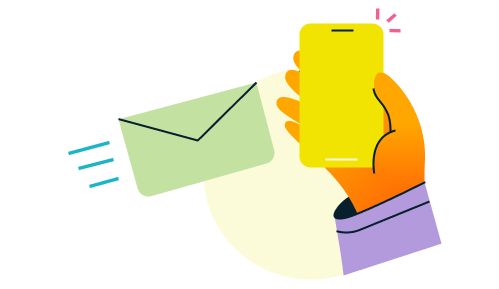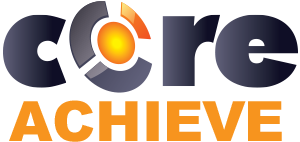An Introduction to
Learning Management Systems

What is a LMS
LMS helps to make learning interesting and engage learners so they take a more active role in their own development.
Traditionally, Learning Management System (LMS) is a software that is designed specifically to create, store, and deliver educational content to organizations, companies, individuals or groups of individuals.
Most desirable LMS Features
- Painless Implementation that will enable any organization to launch training courses quickly
- Quick and easy deployment in cloud-based SaaS or PaaS models
- Customizable reporting that will support information access for all learners, administrators, and course authors
- Learner Profile which gives access to full history of purchases, courses, credits and certificates
- xAPI (Tin Can API)/SCORM compliant content management system (CMS) import features for learning objects and adding elements.
- LMS system that involves course management capabilities that direct learners through specific learning path.
- Certificates and achievements that learners can share in social media.
- Automated and semi-automated assessment scoring
- Instructor Led Training (ILT) in person or virtual capabilities
- Technical and course development support, including built-in tutorials.
- Transition from User Interface (UI) to User Experience (UX)
- Analytical model and Business Intelligence tools
Built-in Authoring Tools
Most up to date LMS include content authoring tools, which allows building courses from scratch and supports xAPI and/or SCORM standards. That gives you flexibility to build new learning or re-use existing one.
CMS
Content Management System (CMS) is often confused with LMS. While CMS is completely different product it could house some learning materials.
It is a place for instructors and course authors to create course designs ahead of the releasing of courses to learners. However, it is no substitute for LMS. Courses and lessons could be developed in CMS and exported to LMS later through xAPI and/or SCORM.
What LMS are used for
LMS will manage, deploy, measure learning activities, and support a variety of internal and external corporate features, including

01
Compliance training
LMS is often used to make sure employees or members receive mandated training, and manage recurring certification and accreditation programs. Single centralized approach simplified this task, mitigates risk and helps to avoid any potential regulatory compliance issues
02
Member training
LMS is also used to amplify membership value by creating new training content and facilitate engagement amongst members of non-profit organizations
03
Customer training
LMS can be used for organizations to provide training to their customers. This is very common for technology companies who needs fast and effectively onboard new customers. It will also reduce support effort later on
04
Employee onboarding
One of the most common LMS use case is support of new employees with their initial onboarding so that they can go through the process quickly
05
Employee development
This LMS use case is focused on supporting the talent management, training and development of current employees. Courses could be created and assigned to ensure employees acquire the new job skills and are informed about product or process changes
LMS licensing types

Active user
This model identifies learners as active users only when learner will access learning content. It does not matter when their account is created or when they log into the LMS. This is the most cost effective because it only requires LMS buyers to pay for the interaction with course content, no matter how many times a specific user logs into the system

Registration model
This model calculates usage based on several user metrics, including but not limited by: how many users log into the LMS, how many of them register for a specific course, how many users buy content and/or earn a certificate. This can become very expensive very fast as the organization scales its learning programs.

Revenue share
This model is tailored to the sale of content, typically expressed in terms of revenue percentage shared with LMS vendor
Train more people effectively
Use CoreAchieve to create and manage eLearning content and validate completion.
Types of Learning Management Systems (LMS)
There are several types of learning management systems and license types organizations can choose from
Software as a Service (SaaS)
LMS platform which is usually hosted in cloud such as Microsoft Azure or AWS. Support, maintenance and upgrades or updates are included in the price. It is usually a multitenant platform meaning all our SaaS clients share one LMS instance. All administrators, instructors and learners are separated by company they are registered under and have access rights based on their username and password. Companies can usually do branding by using their own logo and color scheme.
There is nothing to install on your computer in this model. This is a good option for any organizations who want to implement training as soon as possible with minimum expense. The downside of a single shared instance is that very little customization is allowed and they cannot share learning objects among several companies. This is why there are other options available.
Platform as a Service (PaaS)
PaaS is also hosted on the clouds, but is gives much more flexibility then SaaS. There is nothing to download here either. The biggest difference here is every customer has its own instance of LMS. That is why it could be much more flexible with branding, customization, integration, content sharing etc. We still will provide support, maintenance, update sand upgrades for your instance of LMS.
This is also explaining why PaaS is more expensive than SaaS. In SaaS everybody shares expenses for hosting, support and maintenance where in PaaS it cannot be shared (it is your instance after all). On the other hand, it is still cloud based LMS application that makes it a subject to free updates, upgrades, etc.
